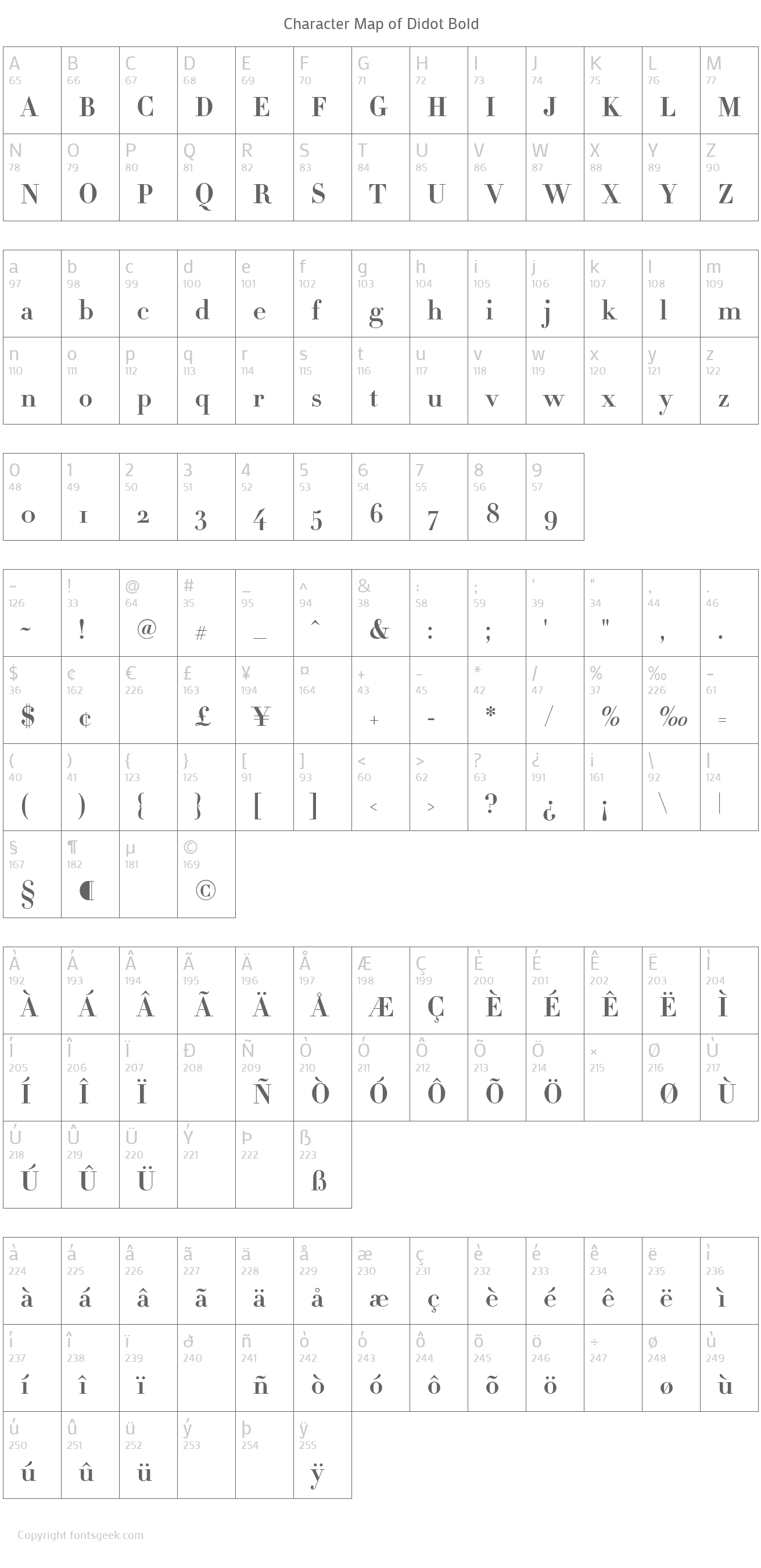

Their designs were popular, aided by the striking quality of Bodoni's printing, and were widely imitated. Typefounder Talbot Baines Reed, speaking in 1890 called the new style of the early nineteenth century "trim, sleek, gentlemanly, somewhat dazzling". ) These trends were also accompanied by changes to page layout conventions and the abolition of the long s. (Lettering along these lines was already popular with calligraphers and copperplate engravers, but much printing in western Europe up to the end of the eighteenth century used typefaces designed in the sixteenth century or relatively similar, conservative designs. Their goals were to create more elegant designs of printed text, developing the work of John Baskerville in Birmingham and Fournier in France towards a more extreme, precise design with intense precision and contrast, that could show off the increasingly refined printing and paper-making technologies of the period.

The category was known in the period of its greatest popularity as modern or modern face, in contrast to "old-style" or "old-face" designs, which date to the Renaissance period.ĭidone types were developed by printers including Firmin Didot, Giambattista Bodoni and Justus Erich Walbaum, whose eponymous typefaces, Bodoni, Didot, and Walbaum, remain in use today. It amalgamates the surnames of the famous typefounders Firmin Didot and Giambattista Bodoni, whose efforts defined the style around the beginning of the nineteenth century. The term "Didone" is a 1954 coinage, part of the Vox-ATypI classification system. (Many lines end in a teardrop or circle shape, rather than a plain wedge-shaped serif.) Some stroke endings show ball terminals.(Horizontal parts of letters are thin in comparison to the vertical parts.) Strong contrast between thick and thin lines.(The vertical strokes of letters are thick.) (The serifs have a nearly constant width along their length.) Narrow and unbracketed (hairline) serifs.
#Dramatic didot typeface code#
To find out more about this new addition, check it out on Type Department.Didot's type in the Code civil des Français, printed by the company of Firmin Didot in 1804.ĭidone ( / d i ˈ d oʊ n i/) is a genre of serif typeface that emerged in the late 18th century and was the standard style of general-purpose printing during the 19th century. Mainly designed for tilting and display purposes, Talona works pretty well in mid-sized body text, too.

Through intuitively conducting research with the nib, the typeface began to take on a unique character and presented with details such as sharp-yet-asymmetrical serifs. To take a relatively modern design and carry the influence of a traditional tool, the broad nib pen‘, the designer explains. ‘ Talona combines traditional and modern inspirations to produce a display typeface. The main idea of the design was to take a classic drawing from the Didot and apply an oblique contrast axis and long serifs. The French Graphic and Type Designer graduates from ENSAV La Cambre, Brussels in 2019 and has since focussed on type design and editorial design and ‘creating and using type to produce efficient design.’ Talona is the lasted release from Ethan Nakache creator of the incredible typefaces, Sprat and Structa.


 0 kommentar(er)
0 kommentar(er)
